Security
Secure by design
Polonious' multi-layer approach to information security and ISO27001 certified security means your data is safe with us.

Security & Compliance
Security and quality are at the core of what we do
We follow strict international standards so we can protect our customers during their investigations. With Polonious you can be sure your information will remain secure and confidential.
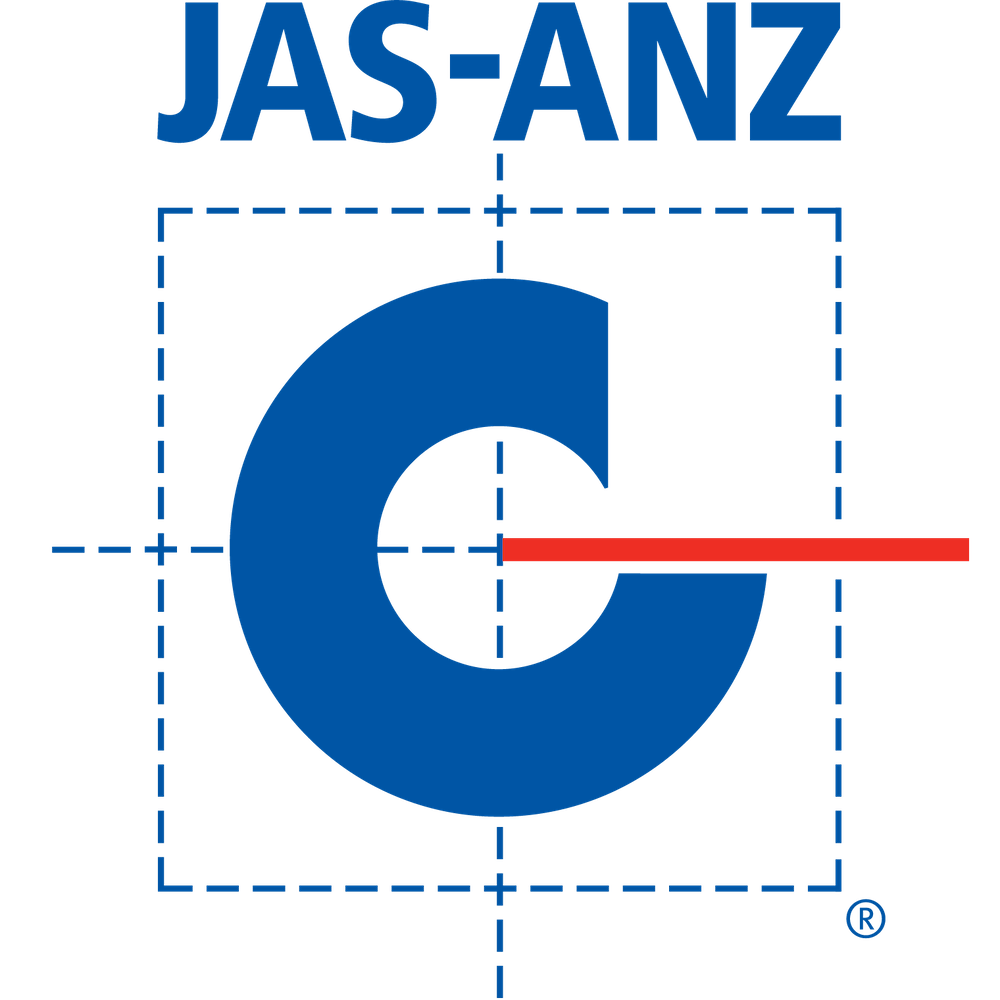
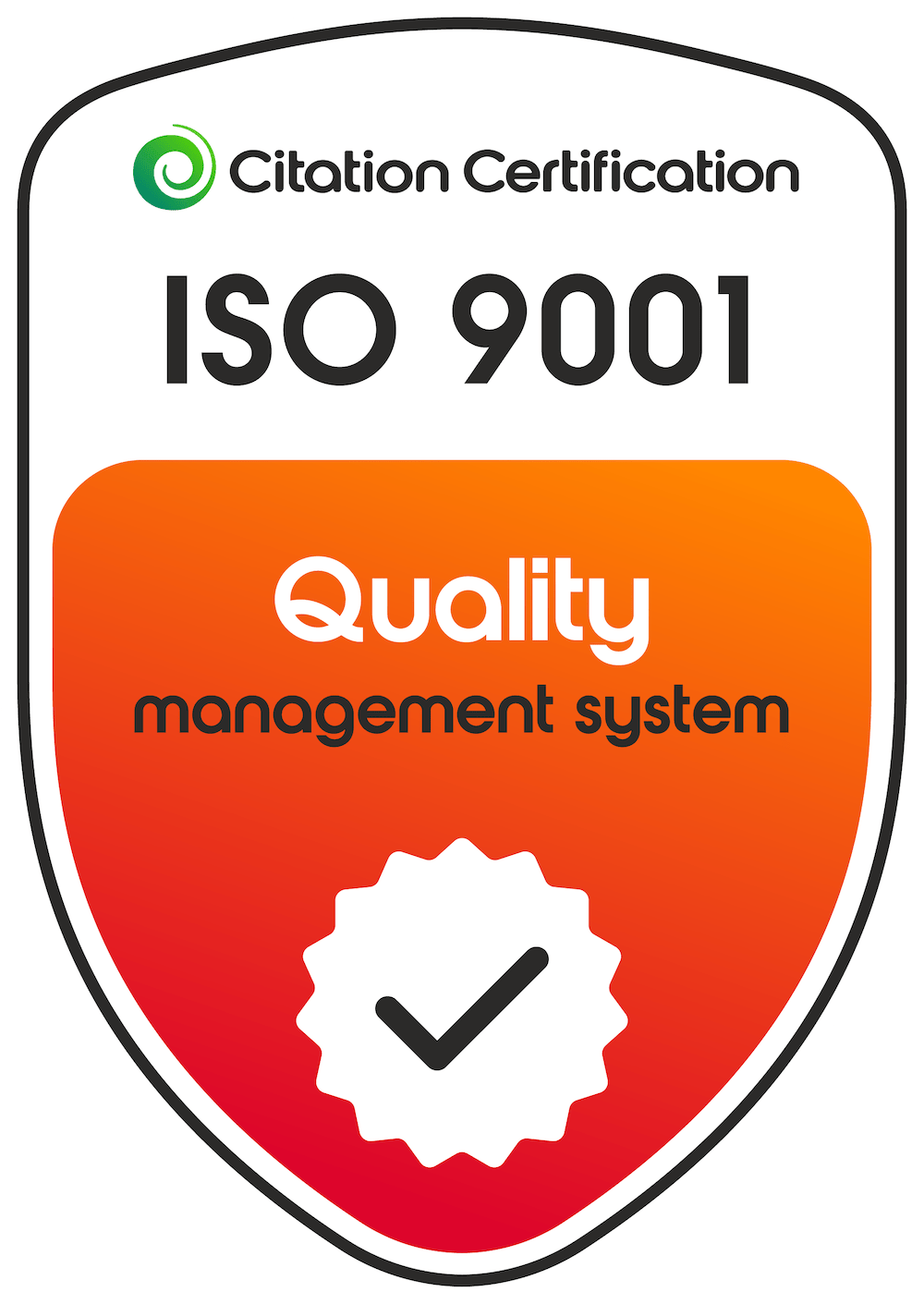
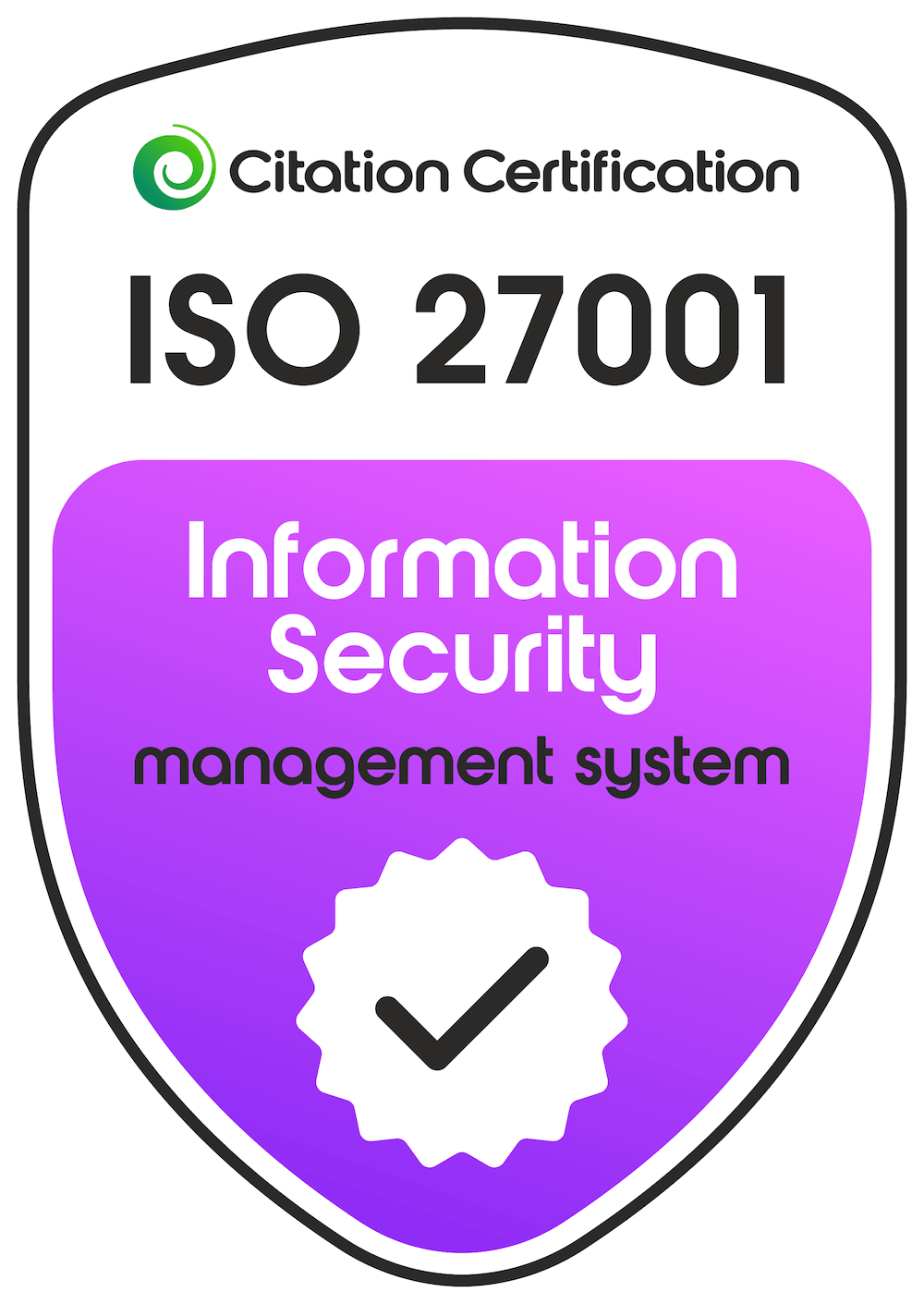
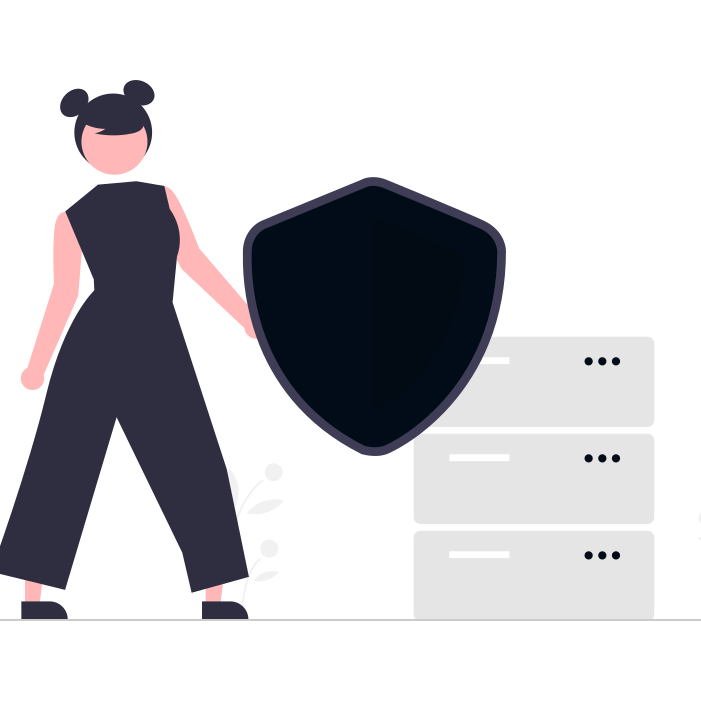
‘Knox Grade’ Infrastructure
Polonious’ Knox Grade infrastructure comes with SIEM, WAF, VPN, encryption at rest and in transit, and full disaster recovery and business continuity processes - everything you need for peace of mind.
Role-based Access Control (RBAC)
Polonious’ detailed role base access control lets you control read/write access down to the field level. With this granular security, we can handle even the most complex confidentiality requirements.
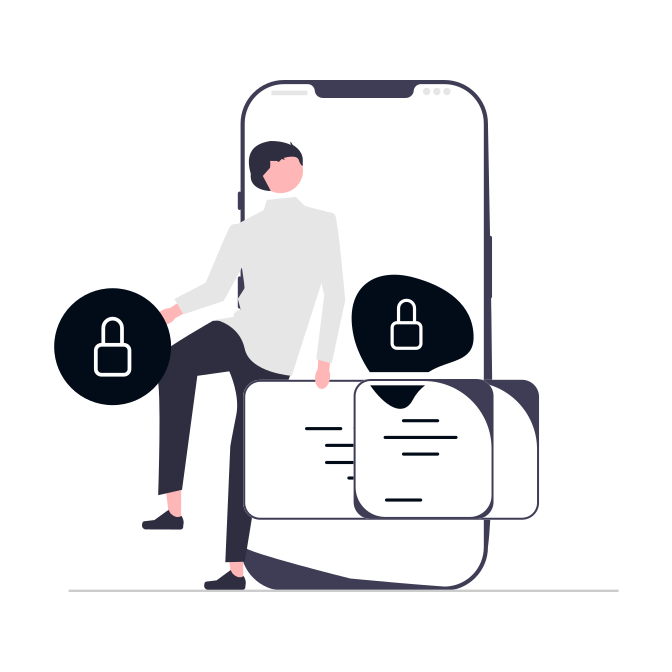
Industry-leading Security Credentials
Polonious has implemented a multi-layer approach to information security and we have more options available for extra levels of defence for particular customer requirements.
SSL Encryption
All data transmission between Polonious and your Web browser is encrypted (up to 256-bit if required).
Strong Password Rules
Polonious enforces complex and configurable password rules, including lockout, password expiration, password repetition and password history to increase security of user accounts.
Configurable Network Options
Polonious can be configured with IP allowlisting so your instance will only accept connections from your businesses network.
OpenNMS Monitoring
Polonious is monitored to report system health, potential problems and suspicious activity. All exceptions are reported back to the support team for immediate action.
Virtual Environments
All instances are separated in a virtual environment. This isolates the data for each customer and improves isolation security.
Regular Security Patches
Many attacks occur if the software exposed to the Internet is not ‘patched’ regularly for security issues. Polonious has a procedure to ensure patching happens daily.
Off-site Backups
All customer data is backed up, encrypted and sent off-site to a server remote from the main server pool. Backups are verified and can be resorted as needed.
Malware Protection
Polonious deploys advanced antimalware protection and uses hardened software to ensure your instances remain secure.
Trusted Staff
Background checks are conducted on all staff who all sign an agreement with Polonious. Any compromise to customer privacy will result in legal action and dismissal.
Trusted Hardware
All servers are custom built by a trusted supplier or hosted on leading cloud platforms. We do not use cheap third-party hosting which means your data is stored in a controlled and trusted environment.
Jurisdiction Control
We can control where your data is physically located to meet data residency requirements. Enterprise customers have additional control with the option for on-premises hosting.
Physical Security
All hosting locations have the highest standards of physical security and access is only available to approved personnel. Security measures include constant surveillance and biometric access control.
Multi-factor Authentication
Email, SMS, and app based authentication is available to keep your login secure.
SIEM and WAF
We block threats with our Web Application Firewall and monitor suspicious activity with Security Intrusion and Event Monitoring.
High Level Encryption
Data within Polonious’ Knox Grade environments is encrypted to the highest standards, both at rest and in transit.
Disaster Recovery
Knox Grade infrastructure comes with detailed point-in-time, cross region recovery in the event of a disaster.
Let's Get Started
Interested in learning more about how Polonious can help?
Get a free consultation or demo with one of our experts



